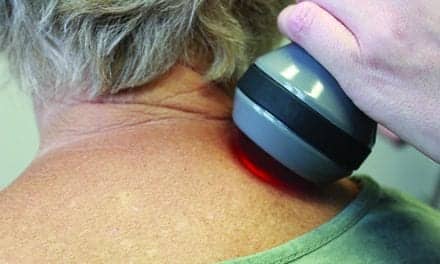.png)
Brain cells fire in a predictable way before the body is moved, explains Itzhak Fried, MD, PhD, professor of neurosurgery, David Geffen School of Medicine at UCLA, “We hypothesized that neurons would also react differently when we pronounce specific sounds. If so, we may one day be able to decode these unique patterns of activity in the brain and translate them into speech,” Fried adds.
According to a UCLA news release, Fried and Technion’s Ariel Tankus, PhD, observed 11 UCLA epilepsy patients who had electrodes implanted in their brains to pinpoint the origin of their seizures. The researchers report that they recorded neuron activity as the patients spoke one of five vowels, or syllables containing vowels.
The research team also reportedly studied how the neurons encoded vowel articulation at both the single-cell and collective level. Two areas, the superior temporal gyrus and a region in the medial frontal lobe, were spotlighted by researchers as areas that housed neurons related to speech and attuned to vowels. The results suggest that the encoding in these sites unfolded different.
The study indicates that neurons in the superior temporal gyrus responded to all vowels, at different rates of firing. Neurons that fired exclusively for only one or two vowels were located in the medial frontal region.
Researchers note that the neurons’ encoding of vowels in superior temporal gyrus reflected the tongue’s position inside the mouth.
Once the neuronal code underlying speech has been determined, researchers may be able to work backwards from brain-cell activity to decipher speech, Fried says. “This suggests an exciting possibility for people who are physically unable to speak. In the future, we may be able to construct neuro-prosthetic devices or brain-machine interfaces that decode a person’s neuronal firing patterns and enable the person to communicate,” Fried notes.
Source: UCLA Health System




